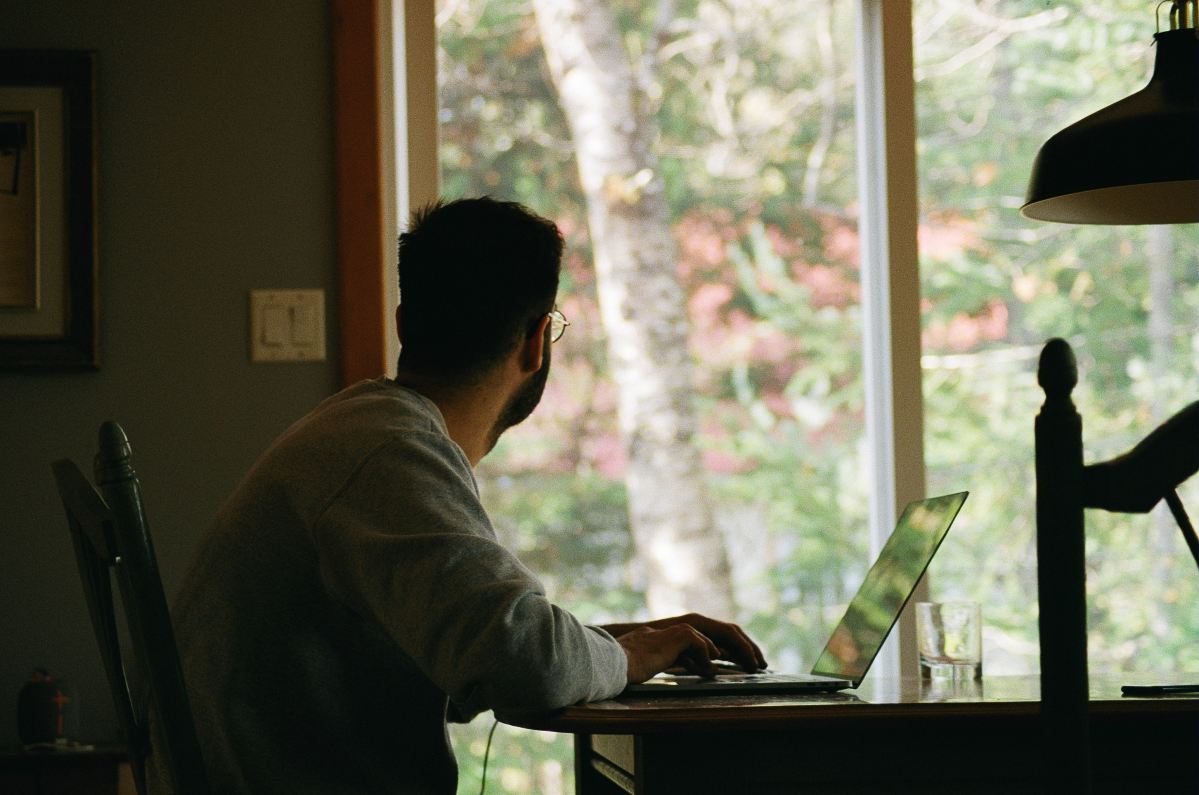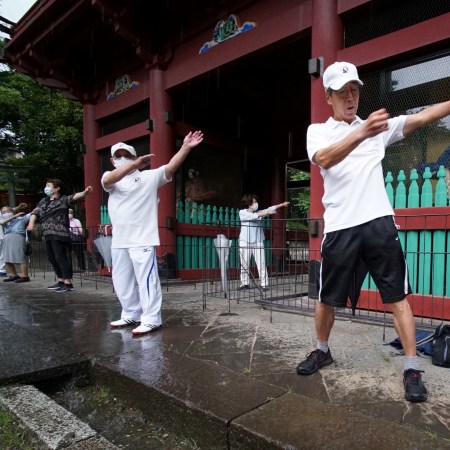You may or may not be familiar with the concept of “going monk mode.”
The productivity hack is referenced in self-help books (Think Like A Monk: Train Your Mind for Peace and Purpose Every Day); there’s a meditation-timer app named after it (Monk Mode); and anytime a publication like Insider or Inc. interviews a CEO, there’s a good chance they’ll rave about how they deploy monk mode sessions to hack their workdays or decompress from important deals.
Oh, and, the tag has over six billion views on TikTok. In one of the most-watched, a financial wellness influencer explains what monk mode means to him:
“Monk mode is predicated around three non-negotiables. It seems simple, but that’s the beauty of it. The first non-negotiable is 10 minutes of meditation each day. The second is 30 minutes of exercise a day. And the third is no alcohol or marijuana. It isn’t easy, but eventually all of your worries or fears just evaporate. It’s so easy to run away from your problems, to run away from your mind. But my friend, you’re running away from who you could become. The man that you could be.”
How to Achieve Four Hours of “Deep Work” Each Day
No more squeezing inspiration and innovation in at the end of the dayIs monk mode a good thing?
As there is no definitive definition of monk mode — his would seem to describe TikTok’s “monk mode challenge,” in which you observe an ascetic routine for a full month — it would be reductive to declare the movement as roundly good or bad. The way corporate executives like to use it, it sounds an awful lot like “deep work” (profiled in the link above), which we support.
Deep work is all about being present in yourself and to a specific task at hand — finding pockets in the day where you know you don’t have to be available to Gmail, Slack or Zoom, and you can really sink your teeth into a project. A mountain of research has proven that distraction limitation is elemental to creativity. A 30-minute, “mini monk mode,” then (perhaps aided by a productivity app or brown noise) makes a ton of sense.
Of course young people like it
But what of a 30-day monk mode? The longer period is probably more deserving of the dramatic moniker, but how viable is a month of monkship for the average employee or parent?
That seriously depends on the expectations and circumstances in your immediate life. It’s understanding that this concept appeals to 20-somethings and 30-somethings, who can A) more easily set aside time to disappear into their work/thoughts/dreams/business ventures and B) are probably jonesing for it more, as a result of fatigue from social media/alcohol/poor sleep.
Substack fitness prophets who’ve monk-moded to the fullest tend to call it the most transformative and enlightening month of their life…a necessary reset for at least 30 days a year. They cancel all plans that aren’t associated with work, complete their work quicker, and make use of all the bonus time that inevitably arrives, in order to exercise, read, cook, journal, and sleep for eight hours. They save a decent chunk of change, too.
Monk mode ≠ real monks
In Thailand, an average monk’s day involves: waking up at 4 a.m., meditating for an hour, chanting for an hour, walking barefoot around the neighborhood, eating a communal breakfast, eating a light lunch, studying Buddhist teachings, meditating and praying for hours, retiring to accomplish homework by oneself, and going to bed not long after 8 p.m.
That’s still pretty far divorced from the grindset of an offbeat CEO. But it’s understanding why so many are attracted to days lived so deliberately.
One day at a time
Our take? You can lift credos from the larger monk mode movement and retrofit them to your life in ways that make sense. Notice that it’s just umbrella packaging for a variety of other popular movements, like Dry January, or tech detox, or a running streak, or Transcendental Meditation. If you have the means (and an understanding with your partner and/or employer) to rent a cabin and go Thoreau for a month, then good for you. Go ahead. Try to slow down.
But the easiest way to go monk mode, today, is to leave your house without a phone and go for a 30-minute walk. This is longevity dynamite: no online distractions, time outside, moving your body. Plus, it’s unlikely anyone can be too inconvenienced while you’re away. Give it a go, and from there, find other ways to incorporate monk mode into your life, day by day.
Whether you’re looking to get into shape, or just get out of a funk, The Charge has got you covered. Sign up for our new wellness newsletter today.


















